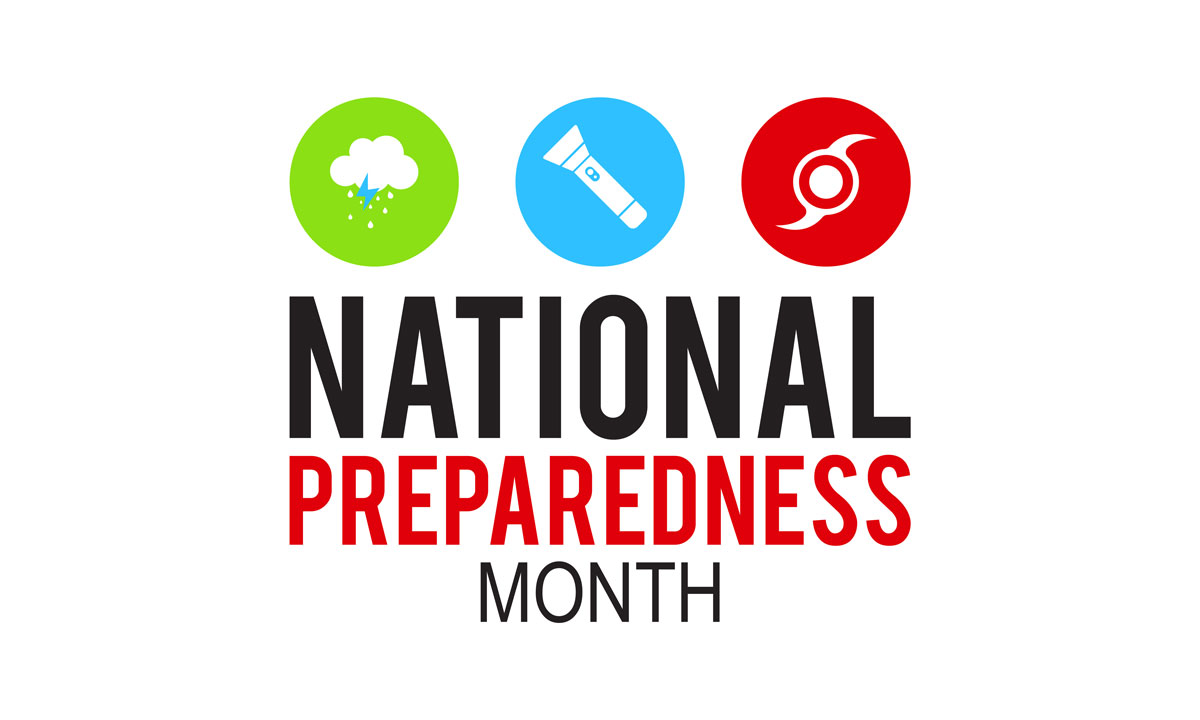
by Marcia Spicer
Ask any archivist, collector, or researcher who works with historical materials what their worst nightmare is, and you’ll probably get a few variations of the same answer. Total loss and destruction of a collection, history, language, people… you can’t get much worse.
Yes, recovery techniques have dramatically improved over the last 100 years, but there are still no guarantees. Take two fires in recent memory: Brazil’s Museu Nacional, which resulted in loss of an estimated 92.5% of the museum’s collection, and the blaze at Notre-Dame de Paris. Or the more local Karpeles Manuscript Library Museum fire, a surprisingly positive story of rescue.
September is National Preparedness Month, bringing with it an annual effort to not only help prevent disasters, but to plan a response for when one does occur. What does that mean for historical materials?
Preparedness is interwoven with conservation.
Preparedness is climate awareness.
Preparedness is proper storage.
Preparedness is access management.
Preparedness is digitization!
Just like physical risk mitigation techniques can reduce the likelihood of total loss and destruction of a collection, digitization can serve as a failsafe. So, even if the worst-case scenario happens, a digital version of the collection remains.
This National Preparedness Month, join us in taking a fresh look at the ways you’re keeping your collections safe. And if you’re ready to move towards digitization, give us a call.


